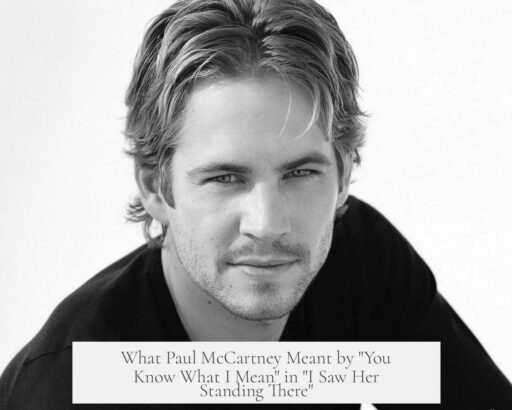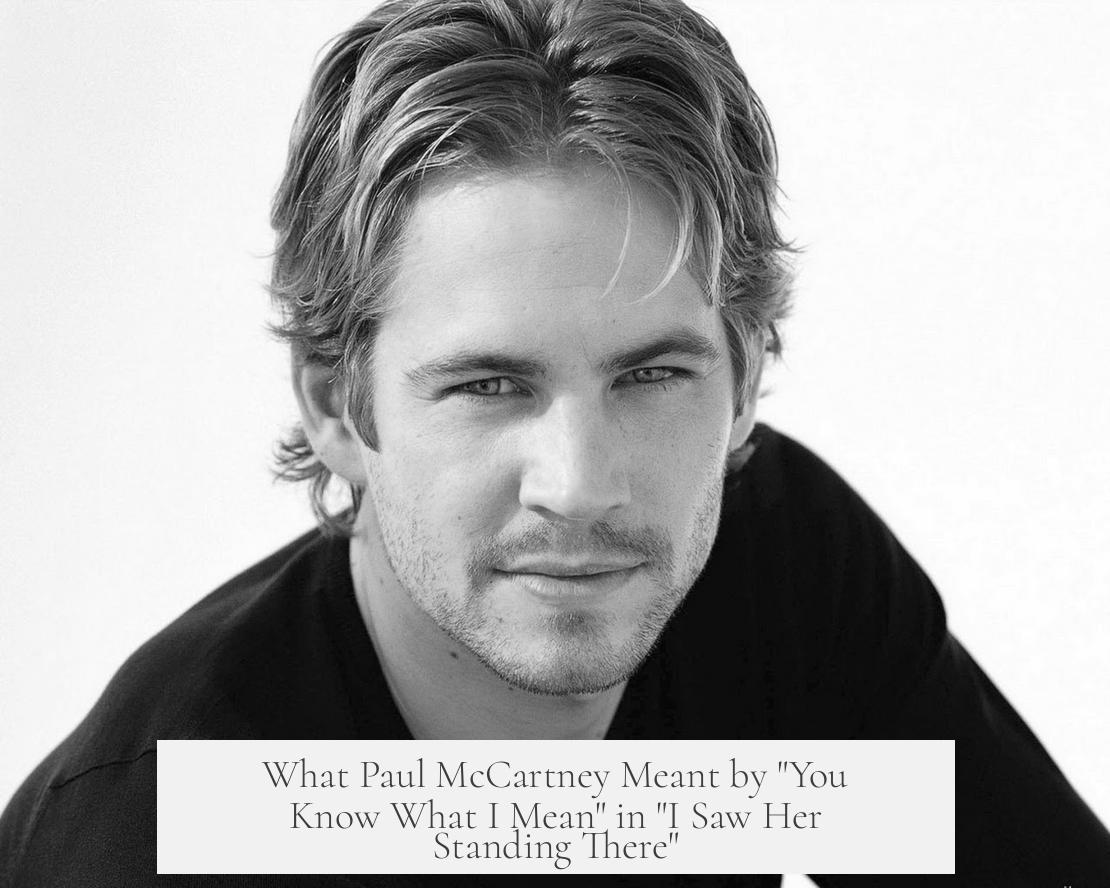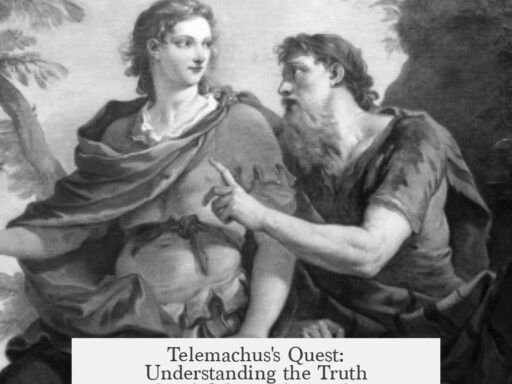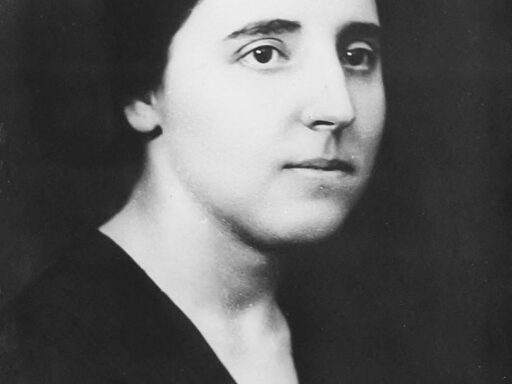The phrase “you know what I mean” in The Beatles’ 1963 hit “I Saw Her Standing There” carries intentional ambiguity with slight risque undertones. It serves as a subtle, playful nod rather than an explicit statement. The line follows “She was just seventeen,” implying youthfulness and a borderline innocence, which invites various interpretations. The phrase allows listeners to project different meanings without defining the situation precisely.
Paul McCartney, who co-wrote the song in 1962 at age 20, explained that the songwriting process involved refining lyrics to suit their youthful Liverpool audience. Initially, McCartney wrote a line mentioning “beauty queen,” which John Lennon rejected as awkward. They replaced it with “you know what I mean” to evoke a suggestive yet vague meaning, leaving room for imagination.
This phrase carries a double entendre, hinting at potential romantic or physical attraction while maintaining a veneer of innocence. In the 1960s pop scene, such ambiguous innuendos were common to navigate censorship and social norms. The phrase remains “as scandalous as you want it to be,” allowing listeners to interpret the girl’s age and relationship context flexibly.
Legally, the UK had set the age of consent at 16 since 1956. With the girl described as seventeen, the song references a character who is above the legal age, negating any implication of illegality. The innuendo focuses more on the excitement of youth and newfound attraction rather than underage impropriety.
In summary, “you know what I mean” works to:
- Create an effective lyrical ambiguity that engages the listener.
- Allow the phrase to imply mild sexual undertones without explicit description.
- Reflect the youthful perspective and social restrictions of early 1960s Britain.
- Stay within legal boundaries while hinting at romantic excitement.
Overall, this phrase enhances the song’s charm by blending innocence with subtle suggestion, fitting the early Beatles’ style and audience. It invites listeners to interpret the scene in a way that matches their comfort level and imagination.
What DID Paul McCartney Mean by “You Know What I Mean” in The Beatles’ “I Saw Her Standing There”?
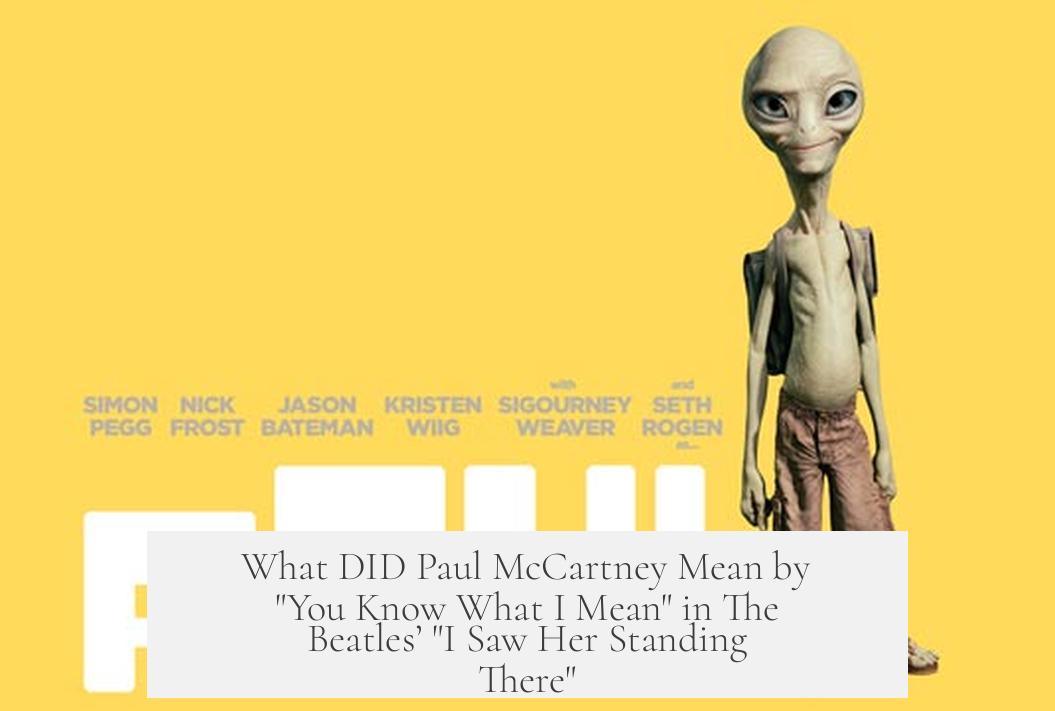
She was just seventeen; you know what I mean… This iconic opening line kicks off The Beatles’ 1963 hit “I Saw Her Standing There.” At first glance, it might just sound like a simple age marker. But if you’ve ever wondered, “What DID he mean by ‘you know what I mean’?” — you’re not alone. The phrase is loaded, intentionally ambiguous, and quite frankly, a little cheeky. Let’s dive deep.
Paul McCartney was only 20 years old when he penned this gem, writing for a young and lively Liverpool crowd before the band exploded onto global stardom. The phrase “you know what I mean” served multiple purposes, far beyond filling a lyrical gap or sounding cool.
The Playful, Risque Undertones Behind the Phrase
In pop culture—even as far back as the early 60s—“you know what I mean” carried a wink, a nudge, a sprinkle of suggestiveness. It’s the kind of phrase that teases listeners, inviting them to read between the lines. In “I Saw Her Standing There,” it’s no different.
If you think about it, “You know what I mean” acts like a sly little secret shared between the singer and the audience. It hints at something just beyond plain words. As documented in the history of the phrase, even back then it teetered on the edge of scandal and innuendo.
“They could have meant all kinds of things, and that’s the point. It’s just as scandalous as you want it to be.”
The brilliance lies in the vagueness. Listeners get to decide whether Paul’s referring to innocent admiration or something spicier. This lyrical teasing is clever—without spelling out anything explicit, it keeps the song radio-friendly yet layered with meaning.
What Paul McCartney Himself Said
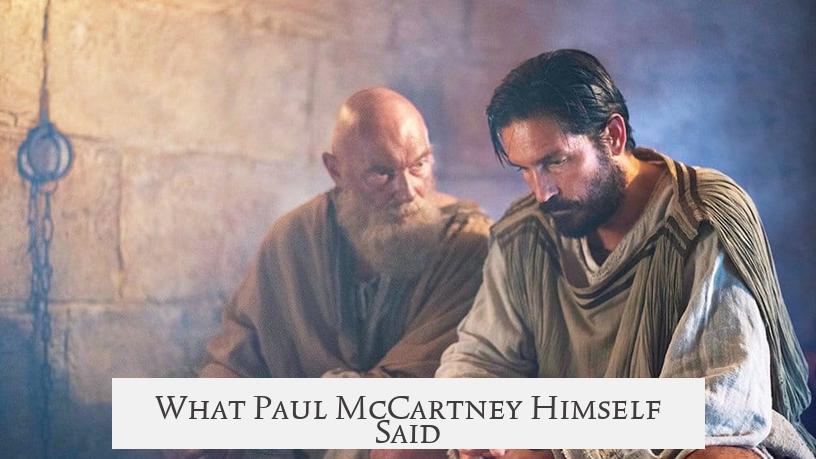
Interestingly, the phrase wasn’t originally meant as a deep sexual innuendo. When Paul and John Lennon were crafting the song, some of the original lines didn’t land well. According to Paul, “She was just seventeen, she’d never been a beauty queen” felt awkward. John cringed at “beauty queen.”
So, they brainstormed alternatives. One thought was Butlins—yes, the infamous British holiday camp—but eventually, they settled on “you know what I mean.” It smoothed the line, adding a catchy verbal punctuation mark rather than a direct description.
This snippet of songwriting reveals how much care the duo gave their lyrics. It wasn’t just about telling a story; it was about creating feeling and intrigue—much like a puzzle wrapped in a catchy tune.
Context Is Everything: Age, Audience, and Era
Now, let’s talk age—the girl in the song “was just seventeen.” Is that problematic? Not really, by the standards of the UK at the time. The age of consent in the UK has been 16 since 1956.
This means that while the girl was young, she was legally “just” of age. The phrase “you know what I mean” might hint at the excitement or gravity of meeting someone newly of age, not an underage affair. So, the song walks a subtle line between youthful attraction and legal respectability—an important balance in the socially conservative early 60s.
Moreover, Paul was writing for a peer group—mostly young teenagers and early 20s romantics—so the song needed to resonate with them without causing alarm or scandal. The phrase “you know what I mean” acts as a nod to this tightrope walk.
Why Does This Still Matter to Fans Today?
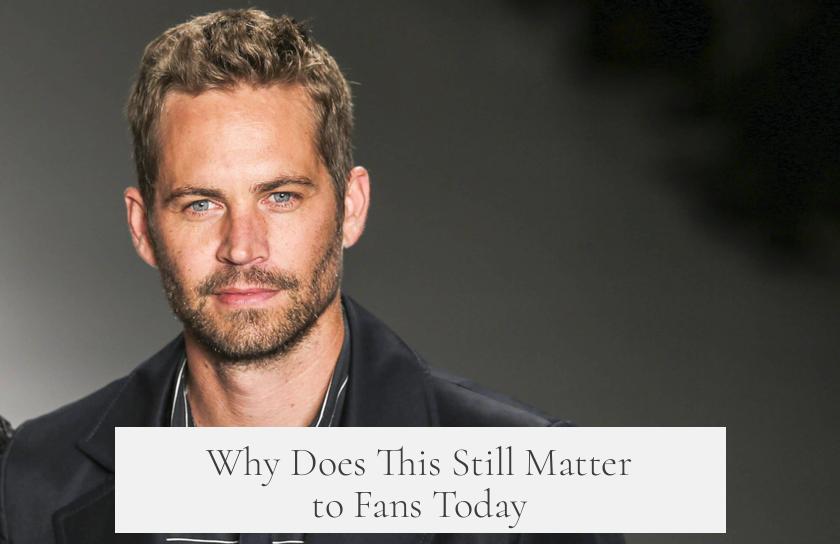
Beyond decoding old lyrics, understanding this phrase enriches how fans relate to the song. It shows that The Beatles were not just pop stars but clever lyricists who mastered subtlety and sophistication in songwriting even early on.
It also highlights how culture shifts over time. What was mildly scandalous once is often viewed as nostalgic or tame now. Yet the clever use of “you know what I mean” preserves some of that mystery and allure.
Practical Takeaways for Songwriters & Listeners
- Keep It Ambiguous: Sometimes, you don’t need to say everything explicitly. Ambiguity invites imagination and engagement.
- Context Matters: Understanding your audience and cultural backdrop shapes how your lyrics land.
- Balance Freshness with Respectability: You want to intrigue but not alienate listeners, especially in younger markets.
- Embrace Imperfection: That original awkward line—“beauty queen”—was dropped for a reason, showing the value of editing and feedback.
Final Thoughts: The Genius of “You Know What I Mean”
In the end, “you know what I mean” is more than filler—it’s a smart, cheeky phrase that adds depth to “I Saw Her Standing There.” It lets listeners in on the joke, enticing them to interpret the song as simply or as scandalously as they like.
Paul McCartney and John Lennon crafted a moment that’s playful, culturally aware, and timelessly engaging. Next time you hear that line, consider the layers—a 20-year-old’s playful wink at youth, desire, and the thrill of the moment.
What do you think Paul meant? Does the phrase feel bold or innocent to you? Now that you know the backstory, maybe it’s time to listen again and smile at the savvy songwriting behind those four little words.
